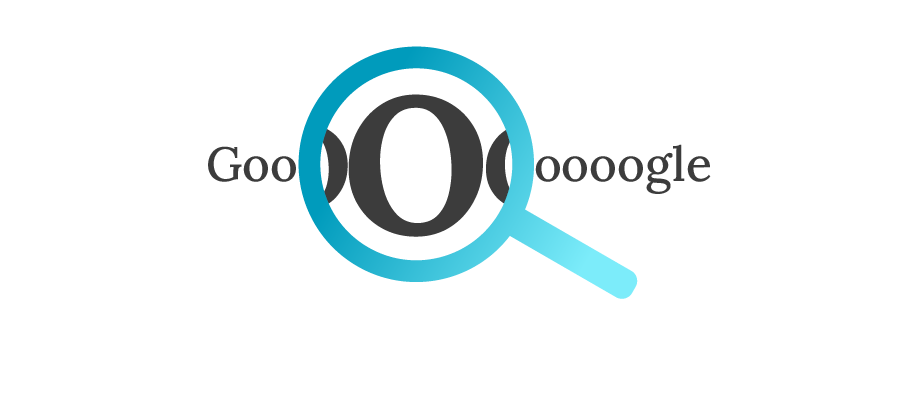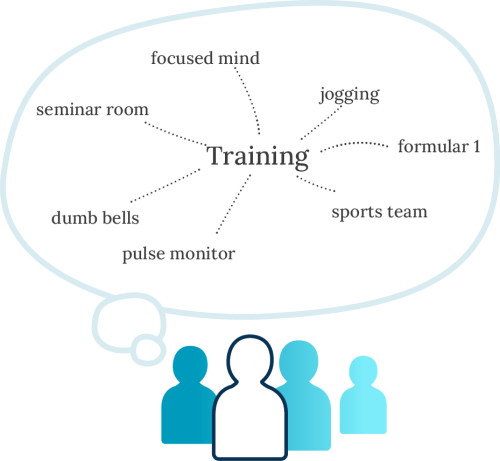Easy to find: search strategies for image databases
1. Search the right way
Test different terms and combinations of terms in your search. Start with a general one, such as “ship.” If that doesn’t offer the results you’re looking for, try synonyms such as “boat.” Or try more specific terms, like, “sailing ship” or “yacht.” This often gives you completely different pictures. Finally, try thinking laterally, with search terms such as “sailing” or “cruise.”

2. Use other people’s ideas – Google and Bing
With abstract concepts such as “innovation” and “teamwork,” it’s often difficult to come up with ideas for images. Luckily, you’re not the first person to have come across this problem. Benefit from others’ creativity by using the Google or Bing images search to see what other people have used to illustrate these terms. If you search for “innovation” you not only find obvious pictures, such as a light bulb or a broad horizon, but also a picture of Otto Lilienthal, the aviation pioneer. This way, you can get a general idea of what you want to show for your topic and then continue with a more specific search, for instance, in your company’s image database (where you’re also on the safe side regarding image copyright).
3. Filtering for better search results
If you know exactly what you’re looking for, you can narrow down your search using filter functions. Choose certain topics or limit the search to visual element types (photos, illustrations, pictograms, etc.) or orientation (portrait, landscape). Look at the options available such as drop-down menus or check boxes in the database you use. If your image database uses Boolean logic behind its search function, this lets you add the words “AND,” “OR” or “NOT” between search terms, so you can include or exclude certain search results. For example, search “innovation NOT light bulb” to exclude light bulbs from your innovation search results or “boat AND harbor” to find images showing both a boat (or several boats) and a harbor.
4. Try free association
Free association is a bit like brainstorming. Take a blank piece of paper and write down the word or term you’d like to illustrate, for example, “presentation training.” Then spend five minutes writing down all the associated words and expressions that spring to mind. Don’t dismiss any term as unsuitable – it might lead you to another, more appropriate term. For example, “training” makes you think of “sport.” “Sport” leads you to “weight training,” which then gives you the idea of “dumbbells.” Perhaps “dumbbells” is exactly the image you’re looking for to get your message across. Free association works even better in pairs or groups of three – you can bounce ideas off each other in a creative development session.

5. Get feedback
When you think you have found the perfect image, show it to at least three people for their feedback. Ask them what they associate with the picture, and what emotions it raises in them. Different pairs of eyes pick up details you might not spot. If you get three completely different answers, you should rethink your choice of image or even adjust your search accordingly. Sometimes, if you change a particular aspect of a picture using an image editor, you can sharpen your message. Also consider cropping – for example, you might find the perfect image of person to show in a summer brochure, but a colleague then points out that to their left in the photo there’s a window showing snow outside. Cropping away that part of the picture might deem the photo suitable to use after all.